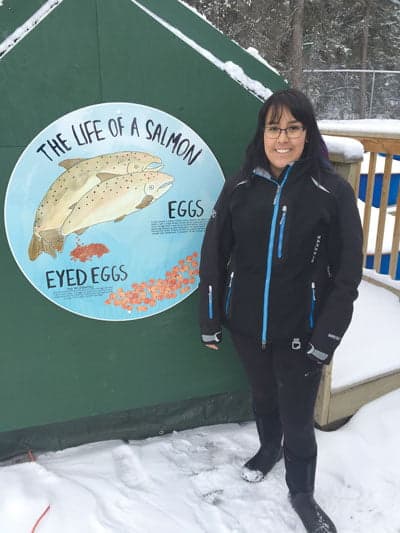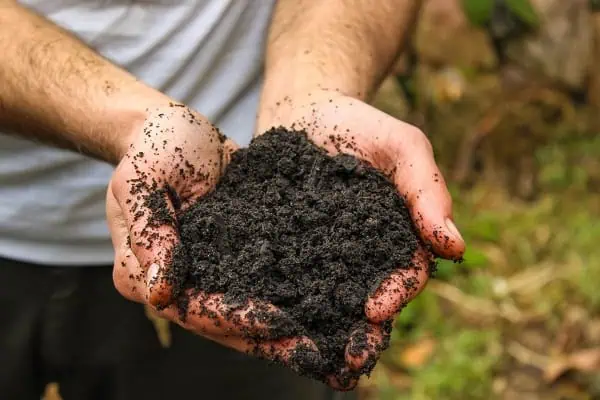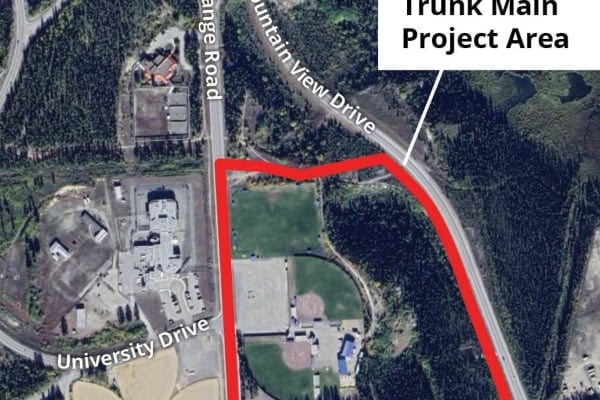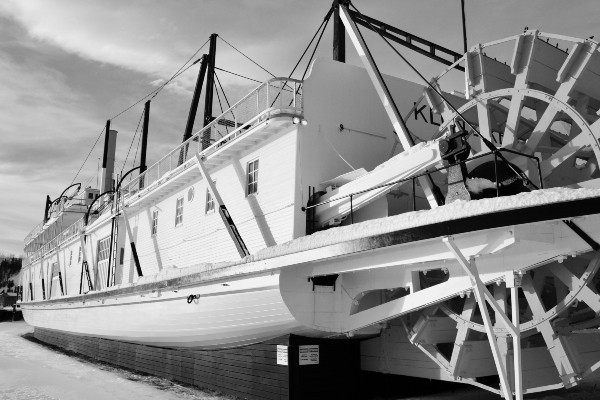
Yukon College student Cheyenne Bradley is taking a few minutes between work and class to look after 30,000 newborns.
“Sometimes I call them my babies — we get them when they’re eggs and we basically raise them,” she said. “We care for them every day until they hatch, and then we release them and that’s kind of like your kids going off to college.
“30,000 babies — I did not name each one though,” she joked.
For the past two years, Bradley has been working at the McIntyre Creek Salmon Incubation Site while taking classes at the College. The incubation site is also used as a learning centre for students in environmental science and it employs students to check in on the fish.
The facility is located between the Takhini and Porter Creek neighbourhoods on Yukon College land, because it’s the ideal site to access the cold, clean groundwater of McIntyre Creek. The water’s average temperature is 4 to 5 degrees Celsius and quite comfortable for salmon.
There are two sets of eggs currently on site. The front incubator contains roughly 30,000 chinook collected from the Whitehorse Rapids dam site on the Yukon River. Eventually, they will be released into Fox Creek — a project taken on in partnership with the Ta’an Kwäch’än Council and the Department of Fisheries and Oceans (DFO).
In the back room there are roughly 20,000 chum salmon eggs from Fishing Branch Territorial Park, which will be brought back to the park after a six-month incubation period, which is a project created in partnership with the Vuntut Gwitchin Government and DFO.
Bradley got this job after a friend who knew she loved animals encouraged her to apply. She’s been working here for the past two years.
At this point, roughly 30 days into the Fox Creek project, the chinook are at the “eyed stage,” which is easily identifiable because of a beady black dot staring out from each peach-coloured egg. Each tray in the incubator contains roughly 4,000 eggs with 4,000 eyes.
Bradley pulls out a tray and hunches over with a pair of plastic tongs poised over the eggs, ready to pluck out the discoloured dead ones. Today, she finds about 10 in the lot.
When the fish reach the “alevin” stage — think egg with a tail — they will be moved into the larger tubs outside.
“I love working with animals,” she said. “Being able to see the fish grow from eggs and hatch was really cool for me.”
Moving eggs from the wild to an incubator significantly increases their chances of survival. Factors like light, water temperature and water quality can be easily controlled. It also removes the risk of predation.
“In the hatchery, we are getting 90, sometimes 95 per cent survival rates,” said Yukon College Renewable Resource Management Instructor Darrell Otto.
The incubation facility has been home to chinook salmon eggs since it began operating in the early 1990s. Yukon College took over management of the McIntyre Creek Salmon Incubation Project in 2002, to bolster stocks in Fox Creek in partnership with the Ta’an Kwäch’än Council.
“When you have a catastrophic failure, you have to do something to bring the populations back,” Otto said. “There was a big fire in the late 1950s and many of the streams burnt over, so there was no spawning, but now they’re coming back and we’re just trying to give them a helping hand.”
All fish in the incubator will be tagged before they are released. The chinook destined for Fox Creek will be marked with a tiny piece of wire, about half the size of a piece of rice. The wires are etched with identifying numbers and then injected into the nose cartilage of each fish.
The chum that will be returned to Fishing Branch will be thermally marked by placing the eggs in a warm water bath for about 12 hours. The change in temperature changes the colour of the fish’s inner ear (called an otolith). Then, their top fins are trimmed so they can be easily identified as tagged salmon.
“Even if that fish is caught off the coast of Japan, they’ll know it came from this incubation site,” Otto says.
Although the job can be monotonous and the workplace cold, there’s no other place that Bradley would rather work.
“As a member of the Kwanlin Dün First Nation, chinook salmon have been part of our culture for hundreds of years,” she said. “I do this job because I want to see the stock stay healthy for hundreds of years to come.”




